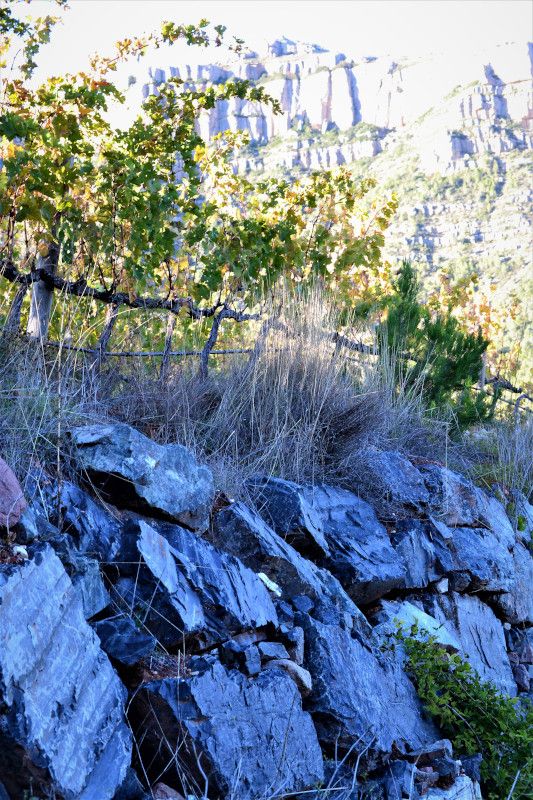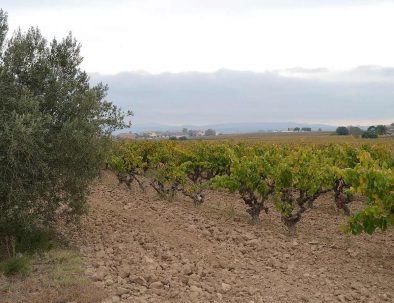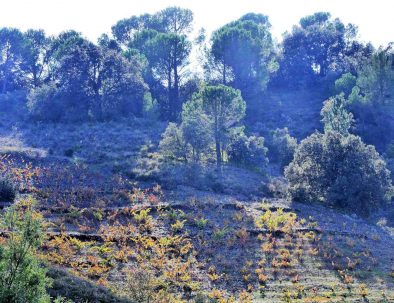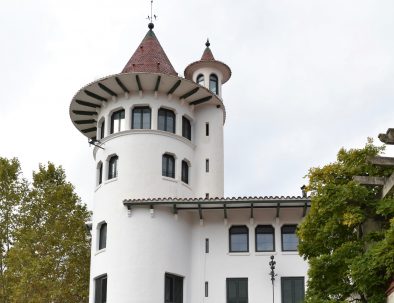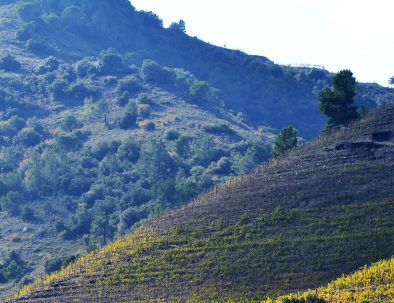
Priorat Wine region – Top red wines near Barcelona
Priorat, in the province of Tarragona, 130 kms south of Barcelona, is one of Spain´s top red wine producing regions. Its geography contributes to the quality of its wines. This is a region to visit for any wine lover during a stay in Barcelona … Read More


